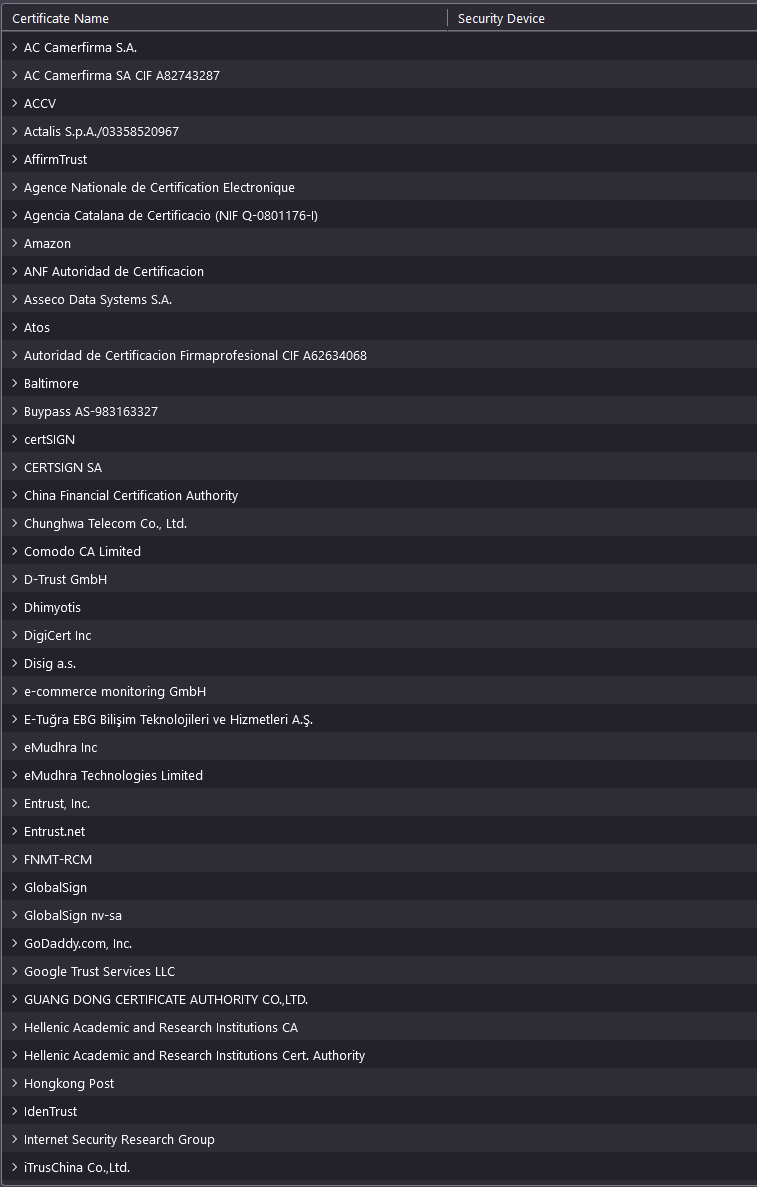cross-posted from: https://lemmy.capebreton.social/post/397946
Authors:
Lorenzo Neil, North Carolina State University; Harshini Sri Ramulu, The George Washington University; Yasemin Acar, Paderborn University & The George Washington University; Bradley Reaves, North Carolina State University
Abstract:
Users have a wealth of available security advice
far too much, according to prior work. Experts and users alike struggle to prioritize and practice advised behaviours, negating both the advice's purpose and potentially their security. While the problem is clear, no rigorous studies have established the root causes of overproduction, lack of prioritization, or other problems with security advice. Without understanding the causes, we cannot hope to remedy their effects.
In this paper, we investigate the processes that authors follow to develop published security advice. In a semi-structured interview study with 21 advice writers, we asked about the authors' backgrounds, advice creation processes in their organizations, the parties involved, and how they decide to review, update, or publish new content. Among the 17 themes we identified from our interviews, we learned that authors seek to cover as much content as possible, leverage multiple diverse external sources for content, typically only review or update content after major security events, and make few if any conscious attempts to deprioritize or curate less essential content. We recommend that researchers develop methods for curating security advice and guidance on messaging for technically diverse user bases and that authors then judiciously identify key messaging ideas and schedule periodic proactive content reviews. If implemented, these actionable recommendations would help authors and users both reduce the burden of advice overproduction while improving compliance with secure computing practices.
Open Access Media
USENIX is committed to Open Access to the research presented at our events. Papers and proceedings are freely available to everyone once the event begins. Any video, audio, and/or slides that are posted after the event are also free and open to everyone. Support USENIX and our commitment to Open Access.
Neil PDF
View the slides

